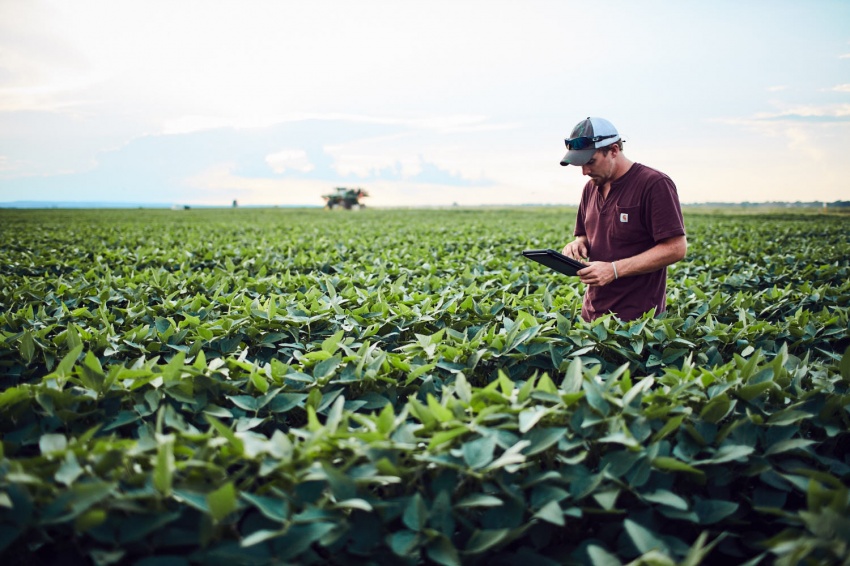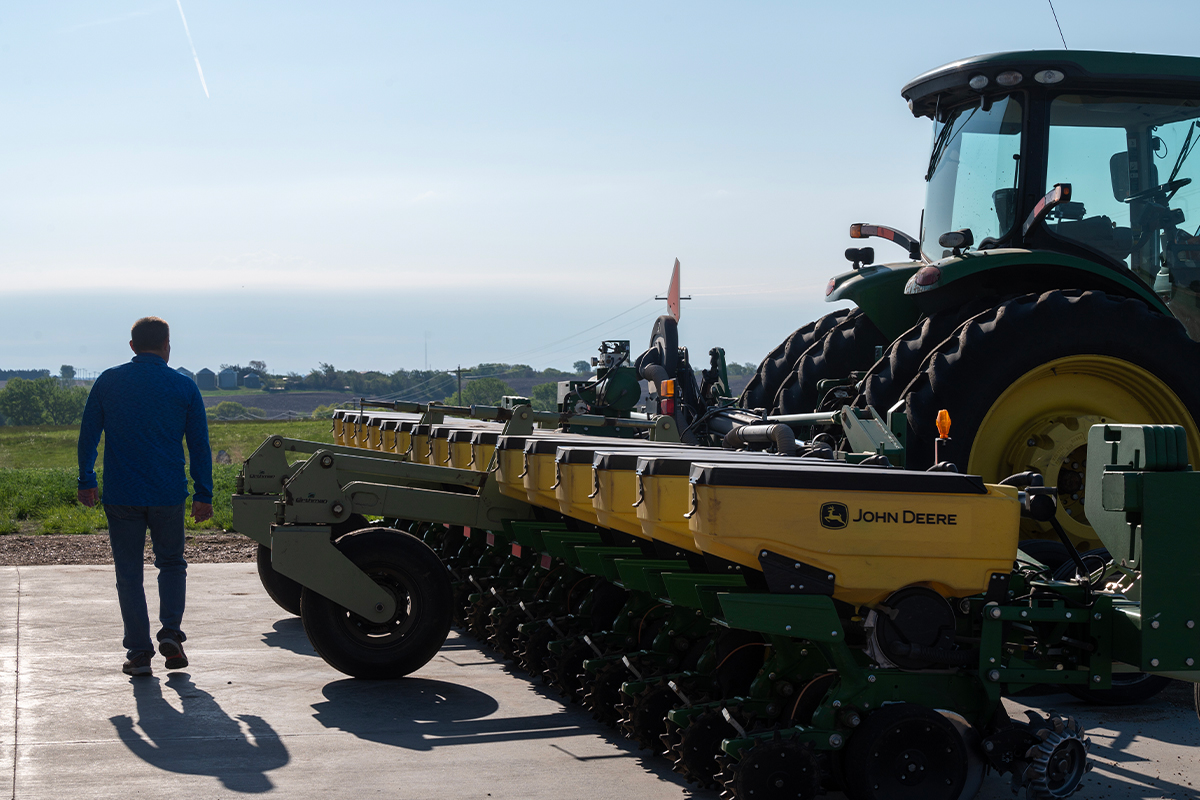Be Ready to Scout These Five Soybean Diseases

Effective crop scouting is essential to successful crop production, so soybean farmers should always be on the lookout for certain diseases in their fields. Some of these diseases are common in wet soil, especially in the first few weeks after planting. And some are spread by insects, so it is important to keep an eye out for pests as well. By being observant, problems can be found at an earlier stage, and more serious issues can be avoided.
-
- Pythium. Pythium is often the first soybean disease to be found in the growing season. Symptoms include damping off, the term for seeds rotting before emergence, or small seedlings that wilt and die. Selected seed treatments provide a measure of control.
-
- Phytophthora. Similar to Pythium, Phytophthora is associated with waterlogged or prolonged wet conditions. Symptoms include a dark discoloration of the stem, typically starting at the soil line. Diseased tissue will become soft and water-soaked followed by wilting and plant death, even into mid-season Phytophtora resistant varieties are available, dependent on the Phytophthora race(s) most prevalent in one’s geographic region.
-
- Soybean Dwarf Virus (SbDV). Outbreaks of SbDV mainly occur in the upper Midwest. Symptoms include stunted plant growth and yellowing. SbDV can be transmitted by aphids, so be sure to keep adequate aphid control this season.
-
- Soybean Vein Necrosis Virus (SVNV). Symptoms of this viral disease include vein yellowing, followed by blotches on the leaves. An outbreak occurred in 2012 throughout the Midwest, South and East Coast, researchers have found that SVNV can be transmitted by soybean thrips. Early control of thrips may help in its control.
-
- Sudden Death Syndrome (SDS). SDS is a damaging disease caused by a soil-borne fungus. This disease favors wet soils, early or late in the season. Early symptoms show up as root discoloration, usually hidden from view. Later symptoms, after flowering include yellow spots on the leaves between the veins and leaf crinkling. SDS resistant varieties are available that lessen SDS’s impact.



